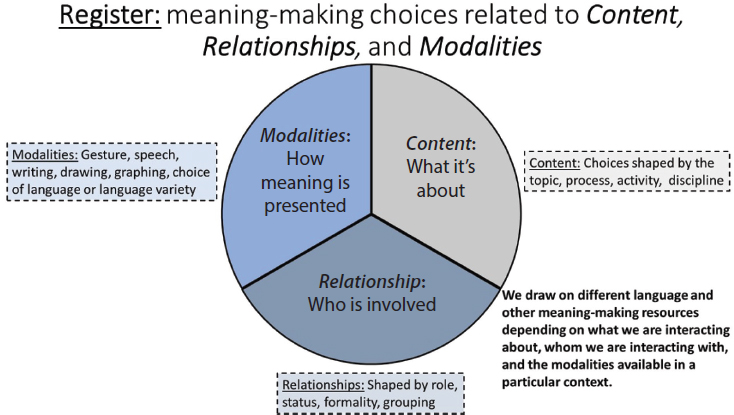Introduction
In recent years, the importance of Science, Technology, Engineering, and Mathematics (STEM) education has grown exponentially. As professionals are encouraging more students to pursue careers in these fields, new studies reveal that learning STEM subjects is akin to learning language. This article explores the similarities between STEM and language acquisition and how this insight can benefit both educators and students.
The Connection Between STEM and Language Learning
Much like language learning, STEM education involves the acquisition of a unique set of skills, concepts, and terminologies. Researchers have noted that both processes require the following:
1. Structured brain development: Both language and STEM learning involve a grammatical structure where syntax rules dictate how elements combine to form understandable expressions.
2. Cognitive flexibility: Cognitive flexibility enables learners to adapt to various scenarios and situations. In the context of languages, it allows individuals to switch between different linguistic codes effectively; in STEM fields, cognitive flexibility promotes problem-solving skills.
3. Constant practice: Regular exposure and practice play crucial roles in mastering both languages and STEM concepts. Immersing oneself in the subject matter boosts retention and deepens understanding.
Benefits of Recognizing the Connection
Understanding that learning STEM is like learning a new language can help educators ensure better outcomes for their students:
1. Tailored teaching methods: By considering STEM education as teaching ‘content languages,’ instructors could apply established language-teaching strategies for improved results. For instance, they might encourage conversational exchanges and active participation in acquiring complex concepts.
2. Comprehensive assessment tools: Keeping in mind that learning STEM is akin to learning a language; teachers can utilize comprehensive assessment tools – such as reading comprehension exams or structured problem-solving exercises – to measure their students’ strengths and weaknesses more effectively.
3. Encouraging bilingualism or multilingualism: Underscoring the relationship between language systems and scientific knowledge can inspire interest in cultivating multiple languages. Moreover, proficiency in multiple languages is linked to improved cognitive skills, which could benefit students not only in their language development but also in their understanding of STEM subjects.
Conclusion
Recognizing the parallels between language acquisition and learning STEM subjects can provide a new perspective to improve teaching methods and generate better student outcomes. This approach highlights the importance of continuous practice, cognitive flexibility, and structured education – fostering a greater appreciation for both languages and STEM disciplines in the process.

